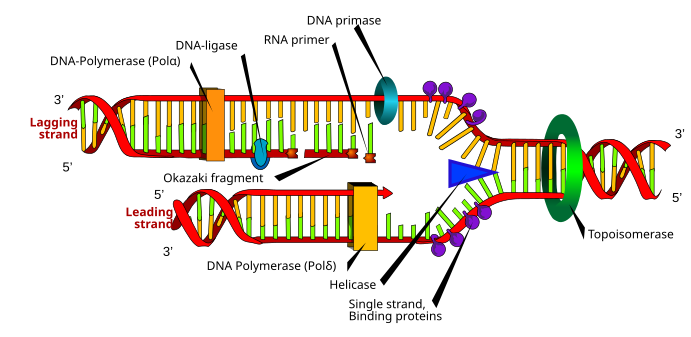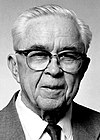Serotonin
- is a neurotransmitterthat is found naturally in the human brain
- is important in transmitting nerve impulses
- produced amino acid tryptophan
- can be considered a "happy" hormone
- helps to regulate moods, temper anxiety, and relieve depression and plays an important role in regulating such
things as aggression, appetite, and sexuality
Endorphins
- a natural pain reliever produced by the body in response to a number of factors.
- transmit signals throughout the nervous system and are found in the brain
- releases varies according to the individual
- the primary activity of endorphins is to relieve pain, they can also trigger feelings of euphoria
Acetylcholine
- the first substance proven to be a neurotransmitter
- produced by neurons referred to as cholinergic neurons
- as a chemical transmitter find in both the peripheral nervous system (PNS) and central nervous system (CNS)
- a deliverer of sodium ions
- increase acetylcholine can cause heart rate decrease, however, decrease acetylcholine can cause motor
dysfuntion
Norepinephrine
Norepinephrine
- a chemical responsible for moving nerve impulses between neurons
- acting as neurotransmitter and stress hormone
- has a role to play in a person’s fight-or-flight response, working in conjunction with epinephrine
- does not function properly, depression and attention disorder may occur










